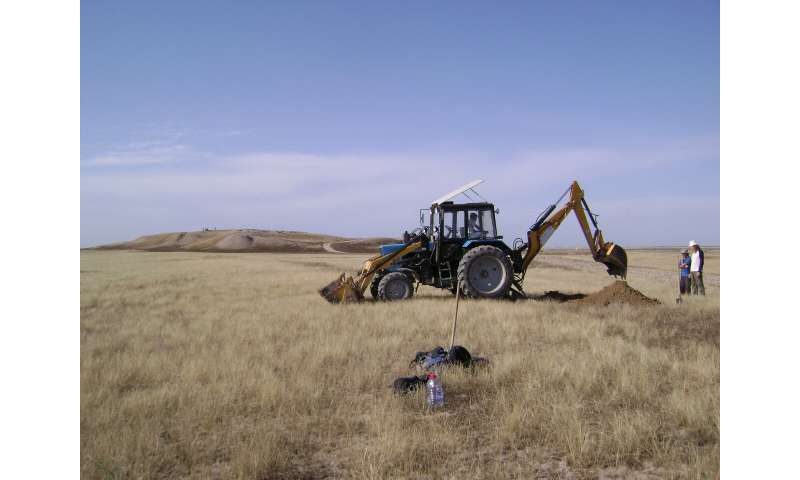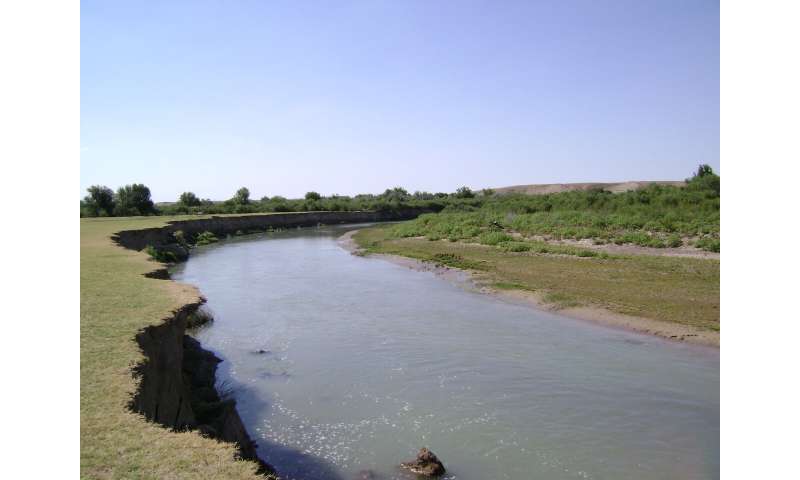Moon rocks in hand, China prepares for future moon missions
By SAM McNEIL, Associated Press
Published: December 17, 2020
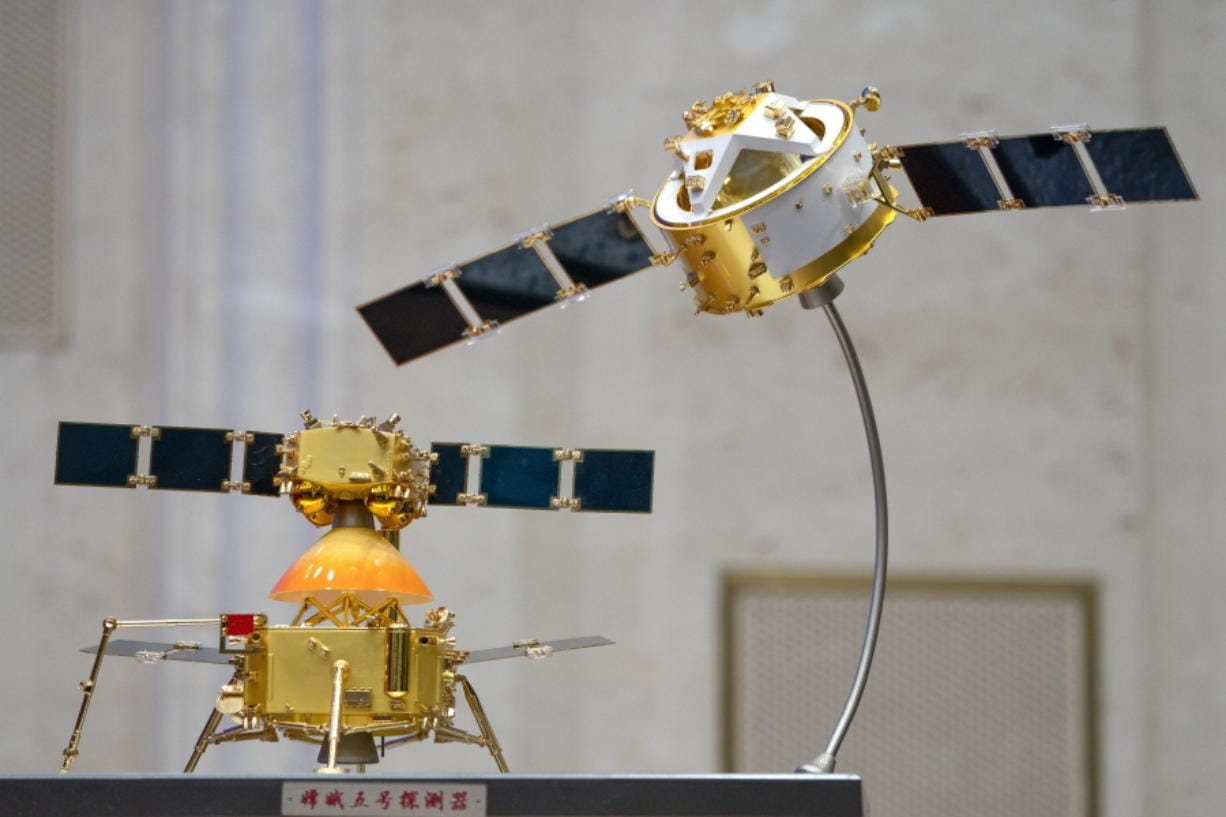
BEIJING — Following the successful return of moon rocks by its Chang’e 5 robotic probe, China is preparing for future missions that could set the stage for an eventual lunar base to host human explorers, a top space program official said Thursday.
China’s next three lunar missions are on track, along with programs for returning samples from Mars and exploring asteroids and the planet Jupiter, Deputy Chief Commander of the China Lunar Exploration Program Wu Yanhua said.
“Exploring the truth of the universe is just beginning,” Wu said at a news conference held hours after the Chang’e 5?s capsule parachuted to a landing in Inner Mongolia carrying the first lunar samples to be brought to Earth in more than 40 years.
Named after the Chinese goddess of the moon, the Chang’e program has made three landings there, including on its less explored far side. Chang’e 6, scheduled for a 2023 launch, is to collect more samples from the lunar south pole, while its two successors are to conduct detailed surveys and test technologies needed for the construction of a science base on the moon.
No dates have been given for Chang’e 7 and 8, or for a crewed mission to the moon that China says is in the works, or for the construction of a lunar base.
“China is willing to keep on contributing to the world and enhancing human well-being with Chinese space solutions,” Wu said.
The capsule of the Chang’e 5 probe and its cargo of samples were flown to the space program’s Beijing campus after landing just before 2 a.m. on Thursday.
The mission achieved firsts for China’s lunar exploration program in collecting samples, launching a vehicle from the moon’s surface and docking it with the capsule to transfer the samples for their voyage to Earth, the China National Space Administration said in a statement issued following the landing.
“As our nation’s most complex and technically groundbreaking space mission, Chang’e 5 has achieved multiple technical breakthroughs … and represents a landmark achievement,” it said.
China in 2003 became just the third country to send an astronaut into orbit on its own after the Soviet Union and the United States and its space program has proceeded along a steady, cautious track, largely avoiding the fatalities and launch failures that marred the U.S.-Soviet space race of the 1960s.
Wu said the latest flight featured collaboration with the European Space Agency, along with Argentina, Namibia, Pakistan and other nations with which Chinese cooperates on monitoring and communicating with its spacecraft. China in the future will “encourage more scientists around the world to participate to obtain more scientific results,” Wu said.
One exception remains the United States. Amid concerns over the Chinese space program’s secrecy and close military connections, American law forbids cooperation between NASA and the CNSA unless Congress gives its approval. That has prevented China from taking part in the International Space Station and helped drive Beijing to launch a now-defunct experimental space station and formulate plans to complete a permanent orbiting outpost within the next two years.
Two of Chang’e 5’s four modules set down on the moon on Dec. 1 and collected about 2 kilograms (4.4 pounds) of samples by scooping them from the surface and drilling 2 meters (about 6 feet) into the moon’s crust. The samples were deposited in a sealed container that was carried back to the return module by an ascent vehicle.
The newly collected rocks are thought to be billions of years younger than those obtained earlier by the U.S. and former Soviet Union, offering new insights into the history of the moon and other bodies in the solar system. They come from a part of the moon known as the Oceanus Procellarum, or Ocean of Storms, near a site called the Mons Rumker that was believed to have been volcanic in ancient times.
As with the 382 kilograms (842 pounds) of lunar samples brought back by U.S. astronauts from 1969 to 1972, they will be analyzed for age and composition and are expected to be shared with other countries.
The age of the samples will help fill in a gap in knowledge about the history of the moon between roughly 1 billion and 3 billion years ago, Brad Jolliff, director of the McDonnell Center for the Space Sciences at Washington University in the U.S. city of St. Louis, wrote in an email. They may also yield clues as to the availability of economically useful resources on the moon such as concentrated hydrogen and oxygen, Jolliff said.
“These samples will be a treasure trove!” Jolliff wrote. “My hat is off to our Chinese colleagues for pulling off a very difficult mission; the science that will flow from analysis of the returned samples will be a legacy that will last for many, many years, and hopefully will involve the international community of scientists.”
Whether U.S. researchers will have access to the samples depends on American policy, Wu said.
“Regardless of whether they are American government departments, commercial operations, scientists or engineers, we sincerely seek friendly cooperation on the basis of equality, mutual benefit and peaceful application,” Wu said.
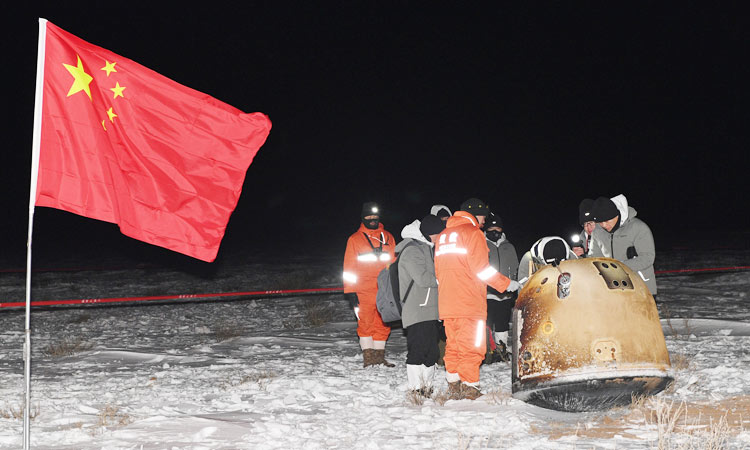
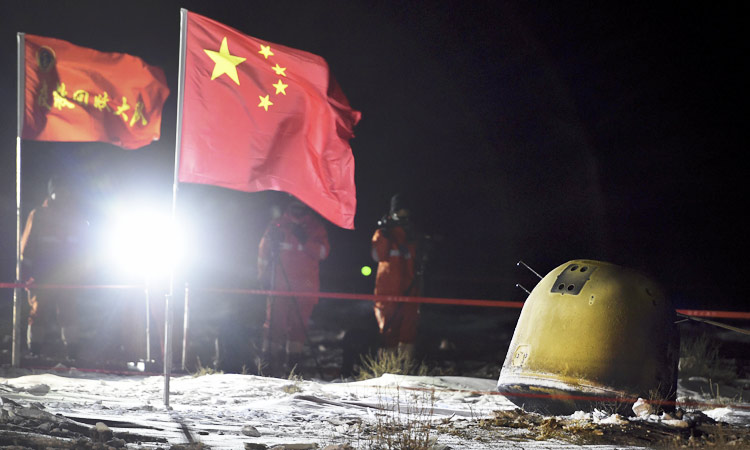
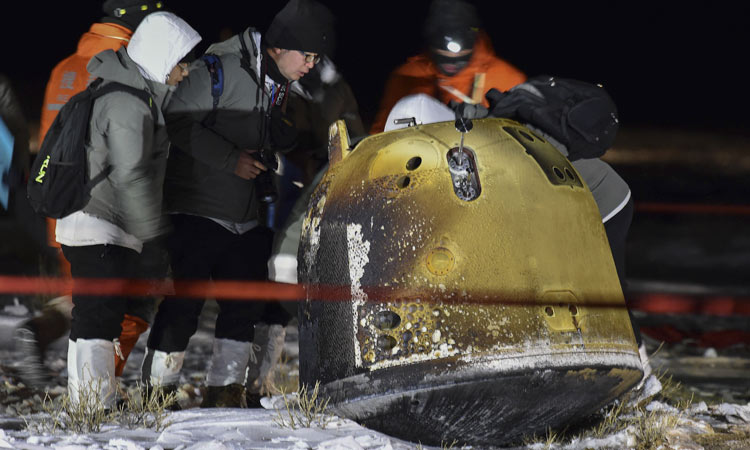
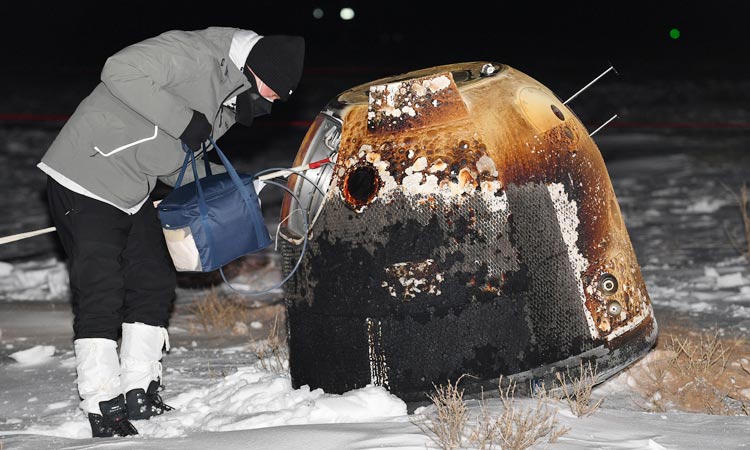
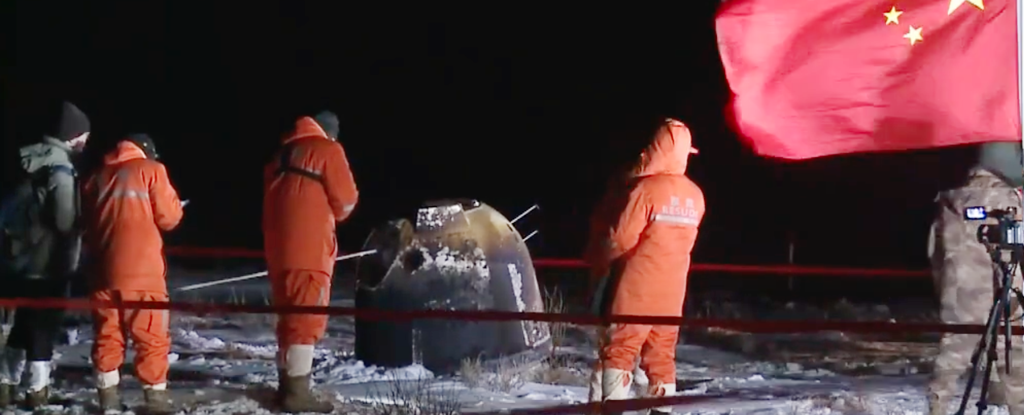

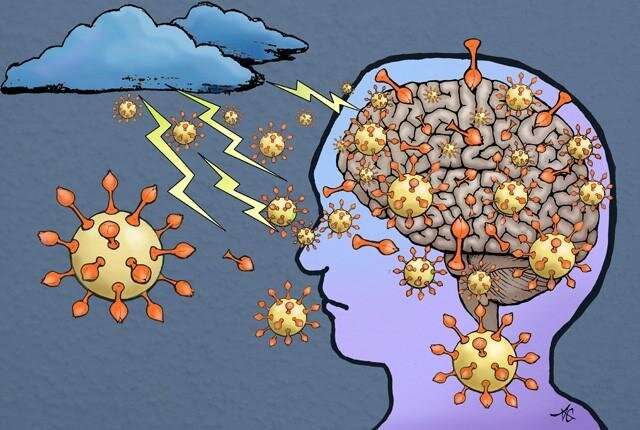


 (Samet Catak/Enes Danis / TRTWorld)
(Samet Catak/Enes Danis / TRTWorld)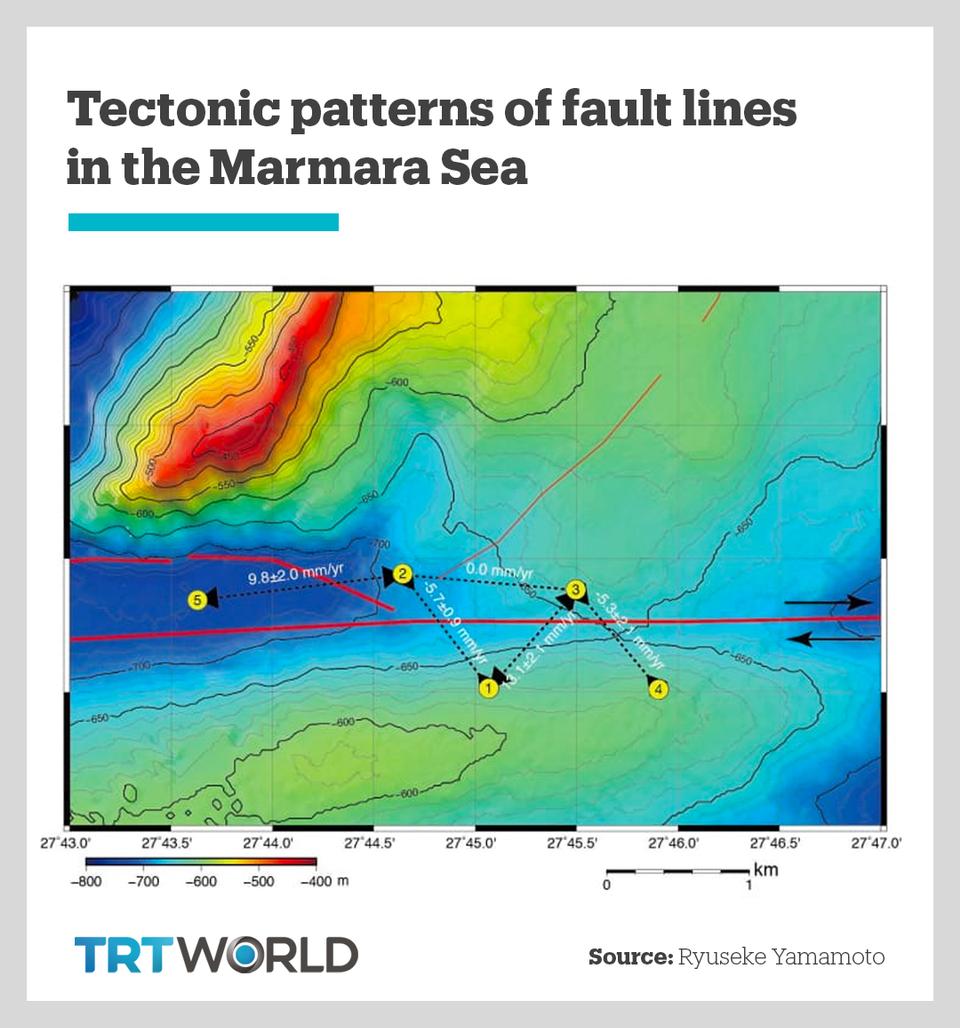
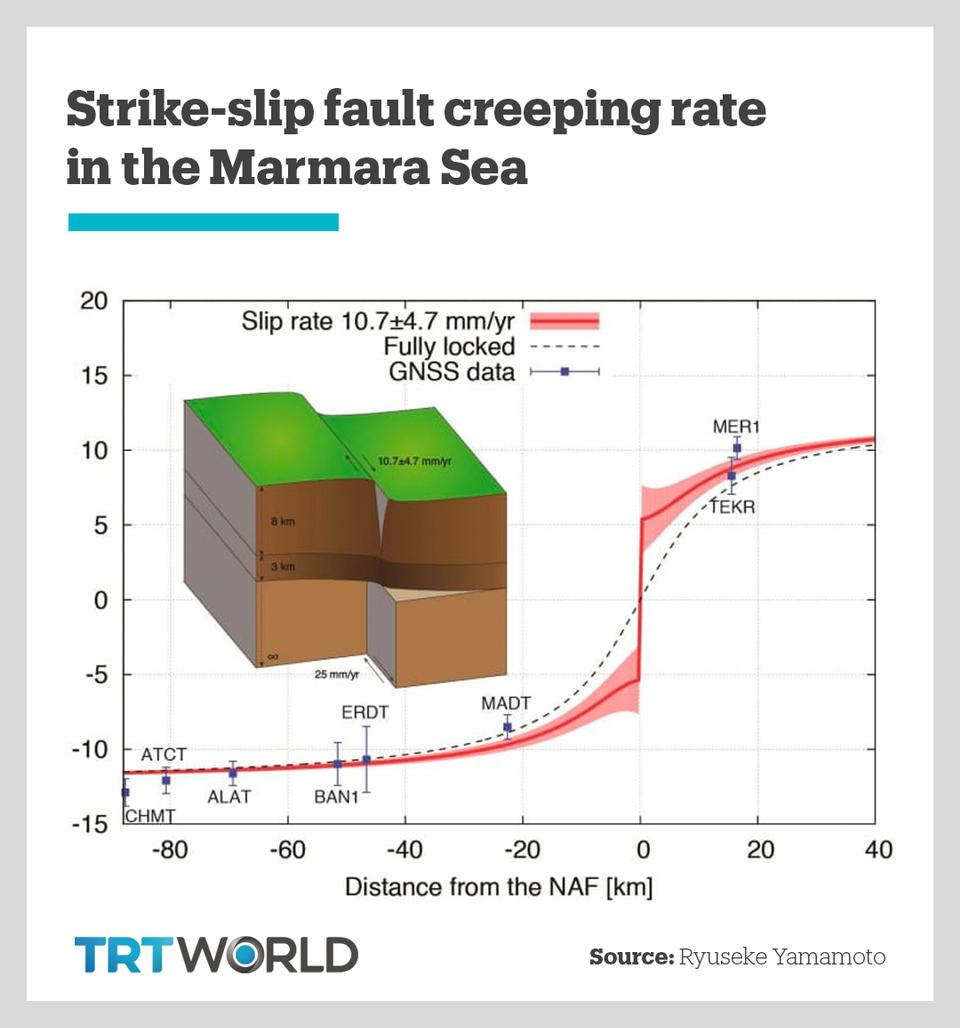
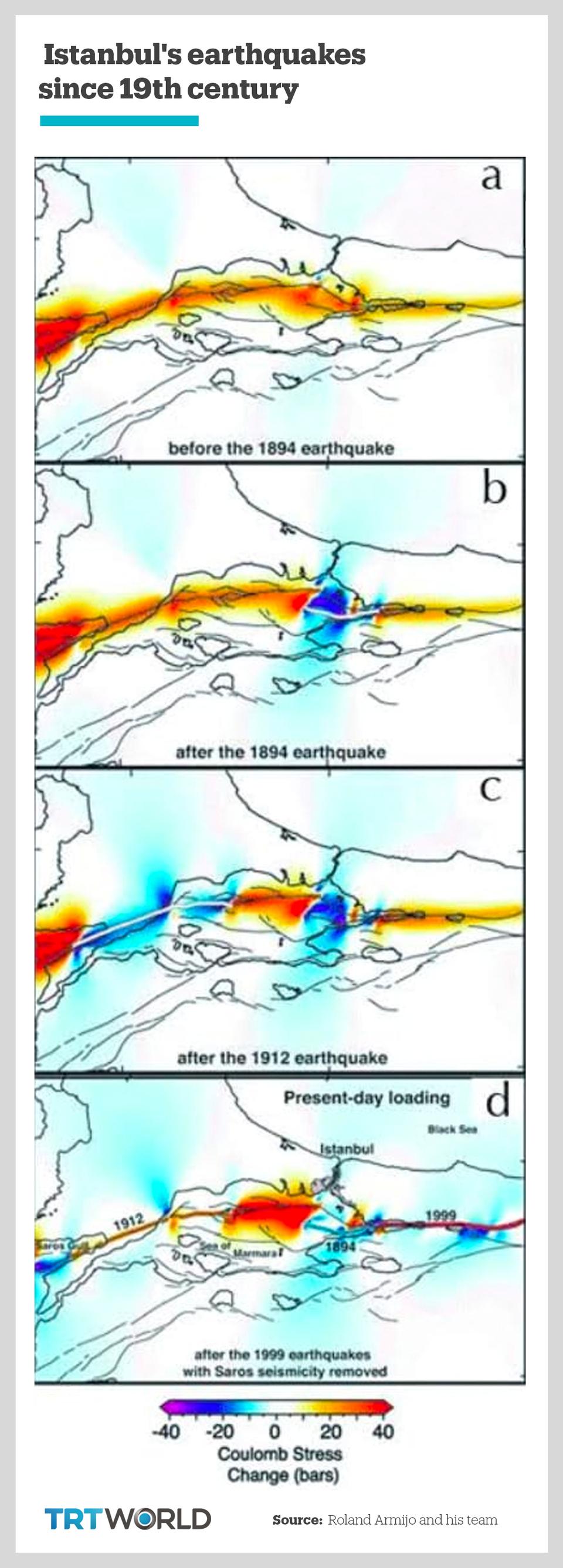

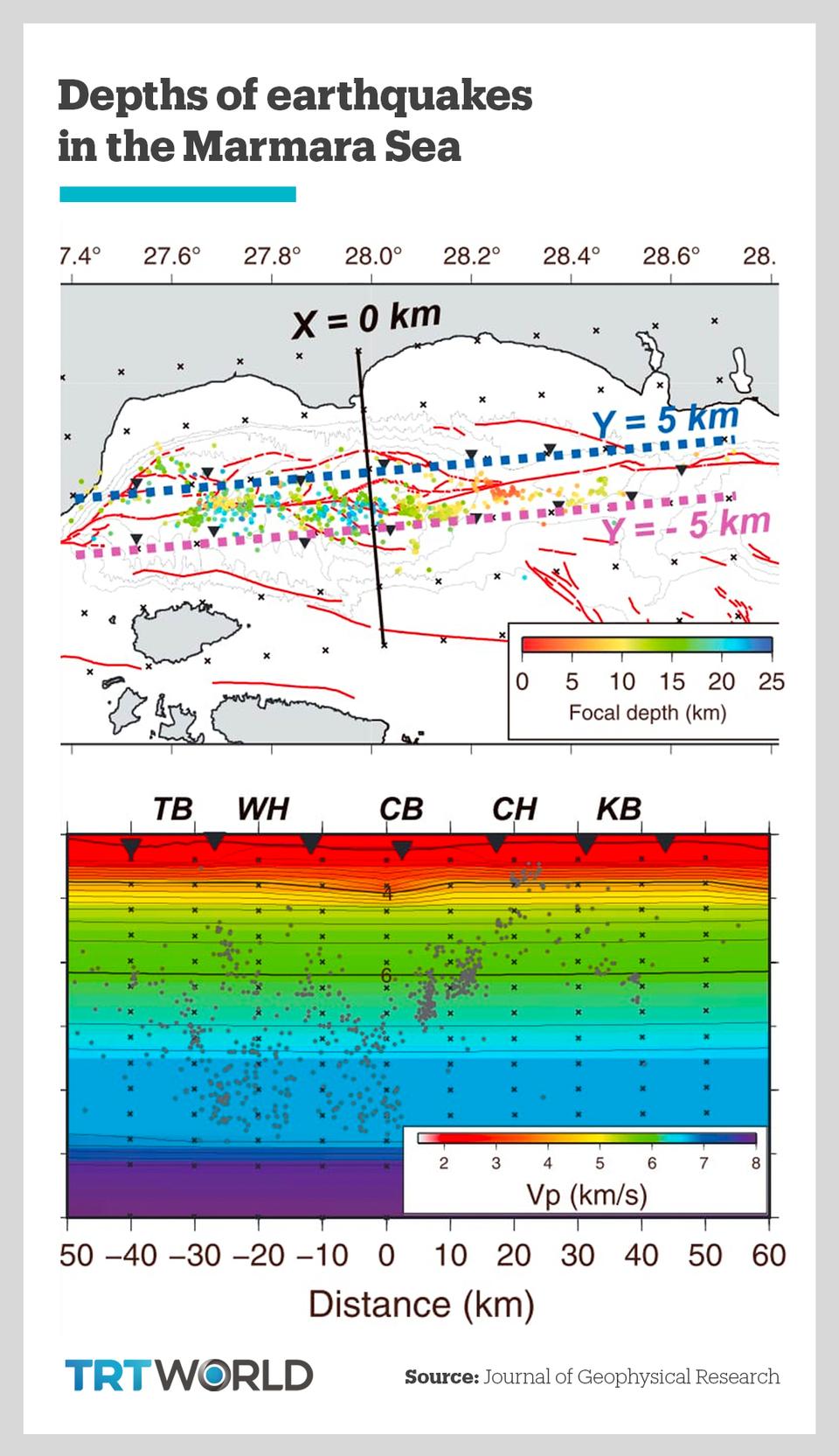

 Researchers at UIC and the University of Waterloo examined detailed data on wetland locations and nitrogen loads from fertilizer on farm fields throughout the U.S.
Researchers at UIC and the University of Waterloo examined detailed data on wetland locations and nitrogen loads from fertilizer on farm fields throughout the U.S.